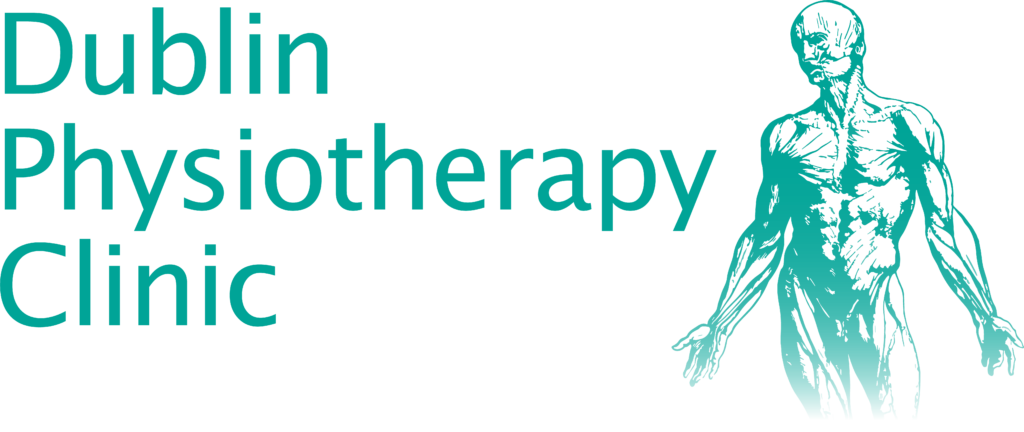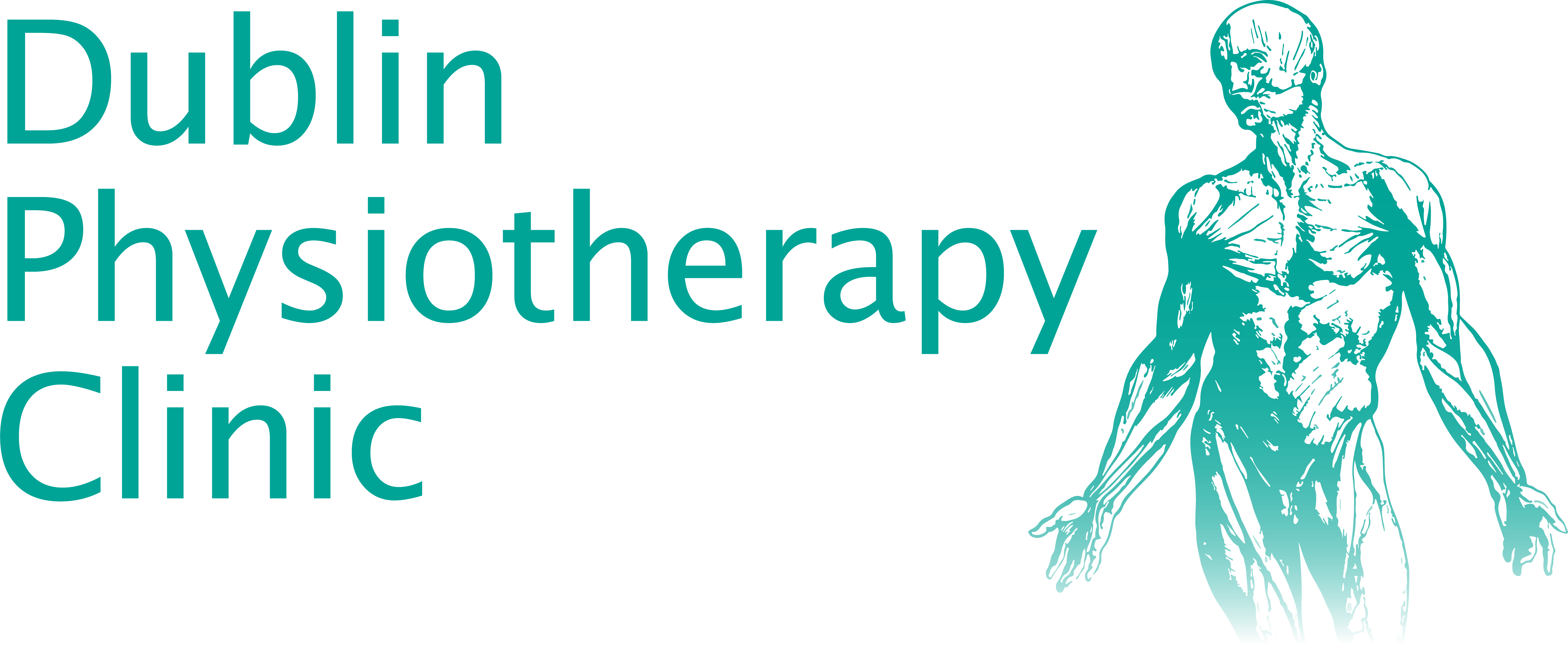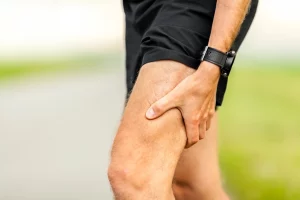Changing posture is a frequent challenge for Physiotherapists managing musculoskeletal pain. The assumption here of course is that faulty posture is the contributing factor to patients’ symptoms. Sometimes this is relatively easy to establish as patients recount specific postures as provocative e.g. standing, bending, sitting or walking. This gives the clinician strong clues to pursue specific clinical examination relevant to the reported functional breakdown.
There is a less distinctive link between posture and symptoms when postural adaptations initiate a sequence of musculoskeletal responses which manifest themselves with different environmental challenges e.g. running, hill climbing or playing golf. In these cases there is a more tenuous link between efficient posture and the mechanism of breakdown. Very often in clinical practice we can only justify treating these postural breakdowns when treating primary symptomatic areas proves unsuccessful or when patients exhibit patterns of recurring symptoms. Disregarding the merits of postural correction and the efficacy of patient selection there are 3 pillars which can be considered fundamental requirements in order to achieve satisfactory outcome. These are:
- Flexibility
- Motor Control
- Proprioceptive awareness
Flexibility – It’s role in Posture
I am often surprised at how frequently one sees patients trying (and failing) to correct posture in the presence of gross mechanical restriction either in the thoracic spine, the cervico-thoracic, thoraco-lumbar or lumbo-sacral regions. We have discussed flexibility previously here. Mechanical restriction preventing the establishment of alignment is the first critical hurdle to overcome and usually requires a focused course of locally targeted manual therapy supplemented with some specific self-mobilising exercises e.g. Thoracic extension on a step, towel or tennis ball.
Often the clinical challenge here is to determine the degree of reversibility and how quickly one can push into the mechanical restrictions without provocation. It is also a frequent observation that patients induce myofascial symptoms as a consequence of trying to correct posture in the presence of such well-established articular restrictions.
I frequently to have to restrain patients from attempting to correct posture consciously until sufficient mechanical elasticity has been restored. This can seem somewhat contradictory as the desire to change posture quickly is an obvious treatment goal but often needs to be allocated to the second phase of rehabilitation rather than the primary.
In fact, I would go so far as to say it’s the commonest reason for failure to correct postural alignment.
Motor Control – It’s role in Posture
Having established the capacity of the spine to adopt a normal thoracic kyphosis and cervical / lumbar lordosis active muscle control is required to maintain this alignment. Vladimir Janda spoke at length about muscle imbalances which occur between the anterior and posterior trunk and the critical clinical issue is to determine if postural mal-alignment is because of mechanical restriction of articular structures, hyperactivity of antagonist muscles or gross inhibition of the anti-gravity agonist muscles.
This can become a heated debate in some circles but clinical reality it is quite straightforward. If it is physically possible to change the alignment to a more optimal position using active muscle recruitment strategies then that is the mode of intervention required. If this is ineffective or not achievable then some intermediate interventions are required in order to facilitate this. My colleague Ramsey McMaster has produced an excellent series of postural corrective drills, which he uses for his elite golf clientele and these drills also have applications to the general patient population.
Proprioception – It’s role in Posture
Having overcome the first 2 hurdles described above failure to reactivate automatic postural and proprioceptive awareness of new alignment is doomed to failure. This leads us into the area of skill acquisition and stages of motor control which we have discussed previously.
Too frequently in clinical practice, the sequence postural correction/intervention becomes muddled or juxtaposed – becoming a major source of frustration to the patient and delivering a poor outcome for the therapist. I’ve found this paradigm to be clinically useful and effective in instituting real change in postural alignment.




